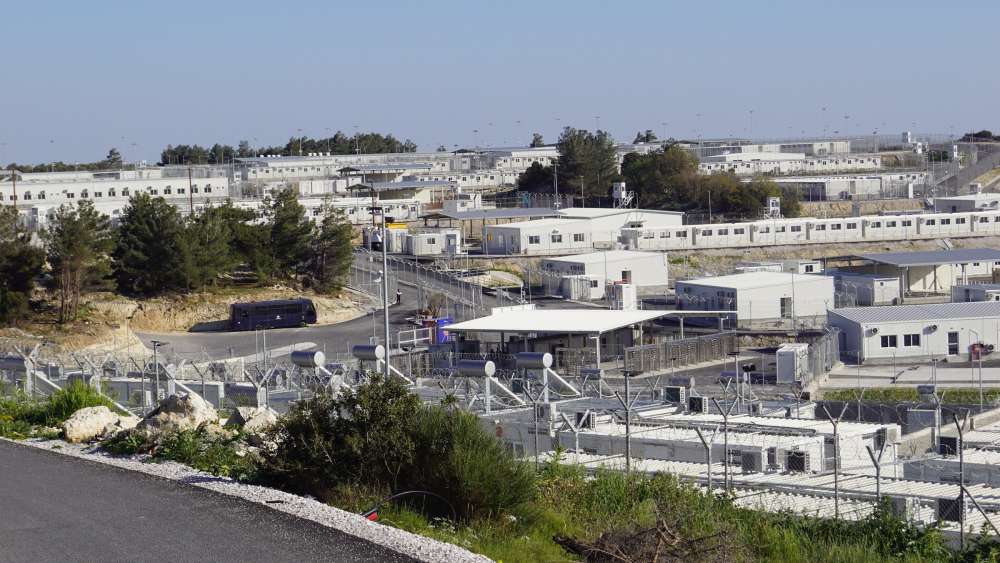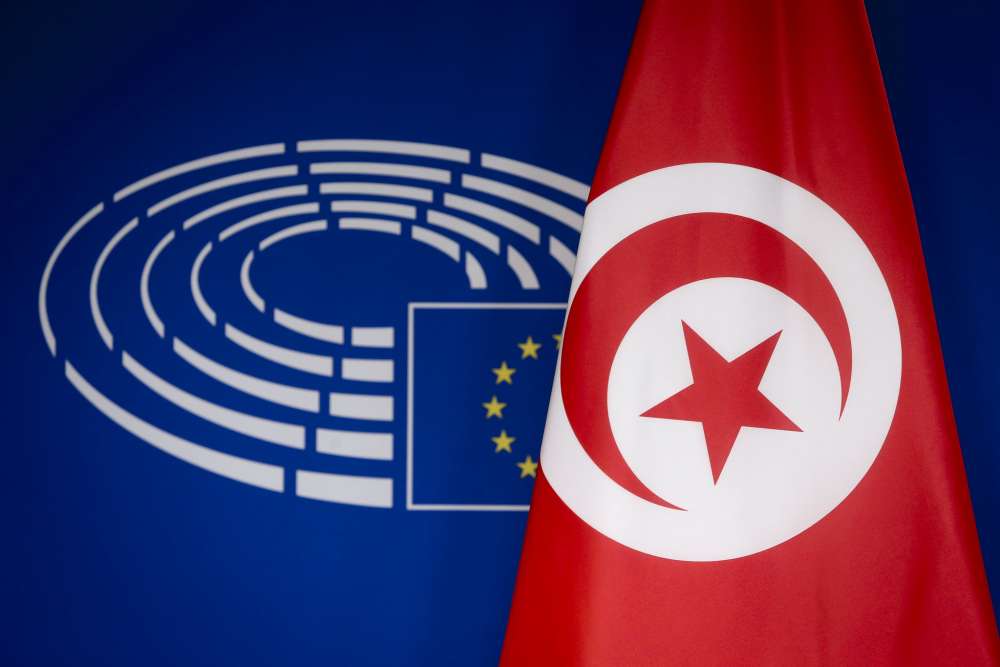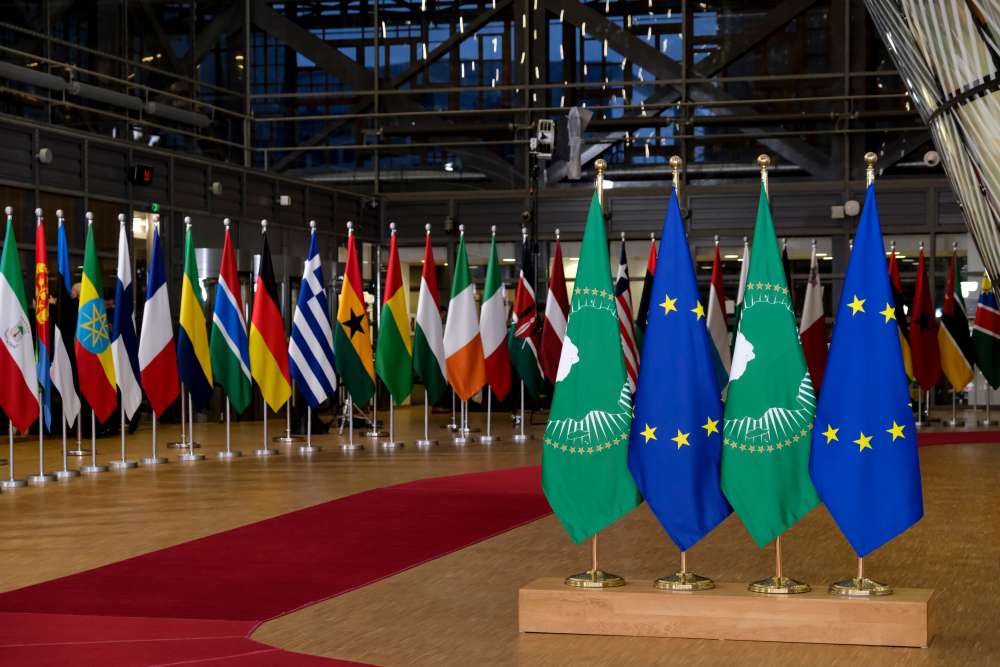The Challenges of Building Capacities for Refugee Protection

UNHCR (the UN Refugee Agency) frequently seeks to develop protection capacity of refugee-hosting states, for example through creating or adapting national legal frameworks; assistance in registration and status determination; knowledge transfer in government institutions; support of civil society institutions through training or material support; and assisting governments with creating frameworks for economic, social and legal integration of refugees.1 However, the extent to which such efforts successfully help the transition to durable solutions is not clear.
Protection capacity building can induce host states to bear more of the responsibility for refugees, simultaneously building up national authorities to be able to better respond to future refugee situations, and freeing up UNHCR resources. It can be an opportunity to bring refugees into mainstream national development plans, and to professionalise sometimes small and under-funded national refugee authorities. Yet protection capacity building also faces political and administrative challenges.
First, donors and host states have contrasting interests in undertaking protection capacity building. Host states tend to want to have as much control as possible over refugee situations, while having to pay for and be responsible for implementing as little as possible. Protection capacity building for them is often linked to failures in responsibility sharing, pointing at disproportionate admission of refugees in regions of origin, or fear that a high level of protection will lead to readmission of refugees from other countries. Besides, they often have little appetite to formalise refugee protection through legal frameworks. In contrast, donor states are likely to want host states near refugees’ countries of origin to bear the bulk of the burden and to replicate formalised refugee protection as found in the Global North. For them, protection capacity building is primarily about assisting host states in ‘doing their job’, either by adhering to their legal obligations or by establishing a (legal) framework for refugee protection in the first place.
Second, in situations where the basic functions of an asylum system are not assured, UNHCR is likely to prioritise setting up systems for registration, refugee status determination and securing non-refoulement. In these instances, it is particularly challenging to make durable solutions part of a clear roadmap beyond the ‘protection basics’, to remain engaged, and to secure funding for durable solutions once the ‘basics’ are met.
The examples of UNHCR’s cooperation with the European Union (EU) and its attempts to hand over status determination to the Kenyan and Ugandan governments can serve to illustrate these opportunities and challenges.
UNHCR and partners building capacity
Amongst cooperation priorities between UNHCR and the EU, durable solutions tend to be a low priority. From 2006 to 2013, the EU’s Thematic Programme for Migration and Asylum funded projects primarily on reception and registration capacity but also on promotion of ratification of refugee law and on local integration. The biggest projects, called Regional Protection Programmes and implemented by UNHCR, did also attempt to foster durable solutions – for example not only to ensure non-refoulement but also to improve access to health care and education, and to provide aid, counselling and opportunities for self-reliance in Egypt.2
However, the final evaluation of the EU funding instrument concludes that donor and host states were most eager to cooperate on projects against irregular migration, and that the link between migration and development was insufficient.3 A discussion paper, relying on UNHCR project reports, concludes that these programmes did not sufficiently coordinate with development and humanitarian aid policies, and that local buy-in was insufficient.4 Current EU aid to Turkey, in particular the EU Regional Development and Protection Programme for the Middle East, could be an improvement in that respect, because it does attempt to foster socio-economic development for host communities and refugees in addition to improving asylum procedures.
Some of UNHCR’s most visible protection capacity-building efforts relate to establishing refugee status determination (RSD) procedures. In some protracted refugee situations, UNHCR has carried out RSD for decades, and now seeks to hand over these responsibilities to a newly built-up national authority for refugees. Kenya’s Refugees Act of 2006, for example, was meant to bring RSD, and reception and care of refugees, fully under the responsibility of Kenyan authorities by ‘constitutionalising’ RSD, establishing a Department of Refugee Affairs and setting out a comprehensive institutional framework for RSD. While there has been some success in this ongoing handover, a number of challenges have emerged, including: building up and retaining national staff to carry out RSD at the same qualitative and quantitative level as UNHCR; data sharing and technology transfers between UNHCR and the Department of Refugee Affairs; maintaining funding levels for nationally run RSD; and creating additional institutions and legal tools needed to carry out RSD.5
In central Uganda in the late 1990s, UNHCR sought to shift responsibilities for the Kiryandongo refugee settlement to Ugandan authorities, despite the authorities insisting that the international community continue to pay for refugees, whom they saw as an international, not national, concern. At the same time, Uganda insisted that it maintain full control over refugee settlements, having a role in decision making on all matters. As in the case of Kenya, resources were a constant concern for those involved in the handover. This case also demonstrates the importance of tone and rhetoric in a protection capacity-building endeavour of this nature; Uganda did not like UNHCR’s language that the settlements needed to be ‘handed over’ because Uganda did not ever see them as being out of its possession. Other lessons learned include: the need for careful planning whenever the actors in charge of refugee protection change; setting and adhering to realistic timeframes; committing and ensuring delivery of sufficient resources from UNHCR and national authorities; and the importance of a strong national legal framework that reflects international refugee and human rights law.6
Both of these UNHCR handover cases demonstrate that protection capacity building can in theory foster a new division of labour and free up UNHCR resources for work on durable solutions. However, success in handing over responsibility for legal protection may mean that UNHCR and its partners are tempted to pull out once the basics of registration and non-refoulement are secured, leading to a deterioration on the ground. National authorities and UNHCR are theoretically committed to using protection capacity building as an important step toward local integration – for example, bringing refugees into national development plans and national judicial processes – but they have not yet found clear roadmaps for translating handovers and protection capacity-building efforts into durable solutions for refugees. Rather, then, handover transitions have only changed actors’ responsibilities and capabilities.
Conclusion
Protection capacity building can at worst entrench a purely material understanding of burden and responsibility sharing in refugee protection, by which donor countries seek to ‘contain’ refugees to their region of origin and transitions to durable solutions are lost out of sight. Yet, branding all efforts at protection capacity building as part of an externalisation strategy would miss the point, for it would inhibit the analysis of concrete shortcomings and achievements in contributing to durable solutions, and deter addressing other questions. For example, will refugees be more likely to find prospects for local integration when protection capacitybuilding efforts result in more national institutions, processes and procedures? Is the formalisation of refugee protection through legal frameworks always the best approach to improve the situation for refugees?
Whatever the answers, the goals of protection capacity building should be to achieve results for refugees, to strengthen access to asylum and international burden and responsibility sharing. Protection capacity building does have the potential to be an important step in working towards durable solutions. Host states that are better equipped to deal with incoming or long-staying refugees, and that are well supported by other states and international actors, may also be more likely to work in cooperation with refugees and other actors to facilitate local integration.
…
The commentary originally appeared in Issue 52, May 2016 of the Forced Migration Review with the title “Potential of protection capacity building to assist transition.”
References
1 UNHCR (2002) ‘Strengthening Protection Capacities in Host Countries’ www.unhcr.org/3b95d78e4.pdf
2 http://ec.europa.eu/europeaid/… aap_2010_dci-migr.pdf
3 Rousselot A, Aiolfi L and Charpin A (2013) Final Evaluation of the Thematic Programme “Cooperation with Third Countries in the Area of Migration and Asylum” http://citeseerx.ist.psu.edu/v… 1&rep=rep1&type=pdf
4 Papadopoulou A (2015) Regional Protection Programmes: an effective policy tool? http://ecre.org/component/down…
5 Garlick M, Guild E, Procter C and Salomons M (2015) Building on the foundation: Formative Evaluation of the Refugee Status Determination (RSD) Transition Process in Kenya, PDES, UNHCR www.unhcr.org/5551f3c49.html
6 Kaiser T (2002) ‘The UNHCR and Withdrawal from Kiryandongo: Anatomy of a Handover’, Refugee Survey Quarterly 21(1 – 2)







